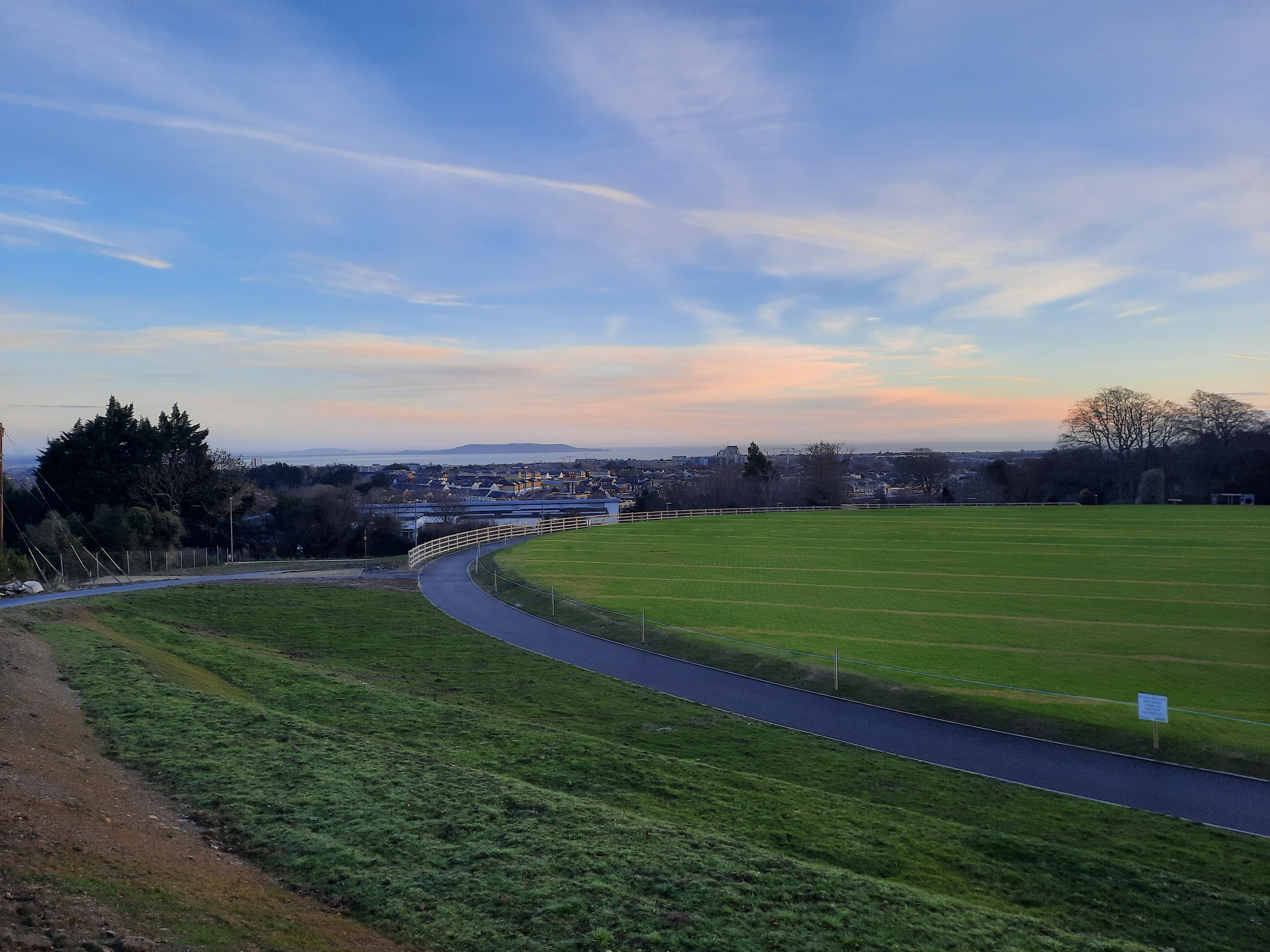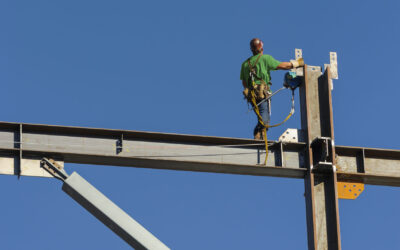For a country internationally renowned for its 40 shades or green, or more like 400, it makes sense that Ireland should be investing heavily in Greenways, the recreational and environmentally sensitive routes that traverse our coast line and interior. This past March, Ireland’s longest greenway was officially opened, and while it’s been out of reach for most of the population owing to covid restrictions, it really is something to celebrate.
Stretching over four counties, the 130km Royal Canal Greenway runs from Maynooth in Co. Kildare to Cloondara, Co. Longford and was officially opened by Minister for Transport Eamon Ryan on March 21, 2021. The towpath route beside the 225-year-old canal passes 90 bridges, 33 locks, 17 harbours, four aqueducts, as well as dozens and dozens of shops, restaurants, pubs and B&Bs.
As the award-winning 46km Waterford Greenway has shown, the routes provide a bonanza to local businesses, and even encourages enterprise, with businesses from cycle rentals to the hospitality industry profiting from the greenways. Within nine months of opening the Waterford Greenway, which was unveiled in 2017, had attracted 250,000 visitors, with an average spend of between €25-€100 a night. For businesses, especially in the hospitality industry, this is a massive boom.
But it’s not only cyclists who benefit from greenways. “Waterford Greenway has shown that 50 per cent of users are walkers, this is a hugely important element and shows that greenways can play a vital part in addressing physical inactivity,” the Government stated in its Strategy for the Future Development of National and Regional Greenways published in 2018.
While Ireland might have been slow to catch on to the appeal of greenways - these cycle paths have long been in favour on the continent – we’re quickly catching up. Central to the Government’s greenway ambitions are National Greenways, which are at least 100km long, and regional greenways, at least 20km in length but typically nearer 40km.
As with the proposed Dublin to Galway Greenway, regional greenways will eventually link up to form this significant east west project. When complete it will form one part of the mammoth greenway that connects Galway to Moscow on the EuroVelo route.
Also in the construction pipeline are significant greenway projects including the €20million Youghal to Midleton Greenway in Co. Cork, Fenit to Tralee Greenway in Co. Kerry, the Great Southern Greenway in Co. Limerick, and the 56km greenway that will connect the growing port town of Rosslare in Co. Wexford to Waterford city.
Engineering an environmental intervention
One misconception of greenways is that they are built predominantly for tourism and recreation, and while many of them are certainly central to tourism, especially sustainable tourism such as the Waterford Greenway and the newly-opened Royal Canal Greenway, smaller regional greenways such as the the Westport Greenway in Co. Mayo were constructed for the everyday use of the local community, as a means of improving transport and lifestyle.
In a manner of speaking, greenways such as Westport represent an engineering intervention, an important health and environmental nudge. One of the great advantages of a route like this is for students coming and going form school – it takes cars off the road as students can cycle, walk and scoot the short distance to school in safety.
As Eva McIntyre, a travel education officer in Co. Mayo told Eco Eye, the Westport Greenway also incorporates exercise into the daily routines of the local community. Clearly, a win-win situation. Simon Wall, the town architect for Westport, says that the benefit of the greenway to the town has been tremendous: it has cut down on car use and improved quality of life for people in Westport. “The benefit has been immense,” said Wall.
Developing greenways is part of the Programme for Government, with the State implicitly recognising their transformative effect not just for the tourism and hospitality sector, but also for local communities across the country, and also the positive impact they can bring to the construction industry.
As part of Project 2040, the Government is rowing in behind an extensive network of greenways that would form part of a National Greenways strategy. The preferred model for future greenways is to use lands already in the undisputed ownership or control of the State, either through government agencies, government departments or local authorities.
When it comes to designing greenways, it’s hugely important that built into the design is the understanding that it will be used by a wide cross section of people: cyclists, runners, families out walking, parents pushing prams and people with disabilities. To this end, gradient slope should generally be of the order of three per cent and paths should be surfaced in asphalt.
Overcoming challenges through innovation
CIF member Murphy Ireland has significant experience of developing and constructing greenways across Ireland. Having completed the Baldoyle to Portmarnock Walk and Cycleway, Murphy Ireland is at work on The Dodder Greenway, and nearing completion on the Cruagh Wood to Ballyogan Road Greenway Link.
Just as no two sites or buildings are the same, so too with a greenway project, which can cover substantial distances, running through a multitude of terrain and also a key factor in each project is sensitivity to the environment. For the Baldoyle to Portmarnock Walk and Cycleway which hugs the Dublin coastline, Murphy Ireland constructed 1800m of cycle track and a pedestrian footpath, a pedestrian and cycle bridge over the Moyne River, and all the important add-ons that come with a greenway from signage, road markings and landscaping.
One of the key challenges Murphy Ireland faced with this project was that the coastal greenway was being built within a Special Area of Conservation (SAC). Murphy developed detailed RAMS to protect the grassland on either side of the paths and the verge between the walking and cycling paths during the works.
The project timeline, just four months from construction to completion, meant that Murphy had to be quick on its feet and innovate. One area the company showed its experience and flexibility was by installing slipform kerbs, a deviation from the original design which was to place approximately 4,000m of precast kerbs. Through the use of slipform kerbs, Murphy was able to reduce the time spent on that activity.
For the 14km Dodder Greenway Murphy Ireland had to install three new pedestrian and cycle bridges spanning the River Dodder in south Dublin. All three four metre wide steel bridges were of different lengths and one included a curved feature section. The greenway which passed through both an Architectural Conservation Area and a Natural Heritage Area, also included removal of the invasive and pervasive Japanese knotweed species.
In Co. Limerick, Roadbridge, one of Ireland’s leading civil engineering companies, were tasked with improvement works on the €4.5million Great Southern Greenway, a 40km greenway which runs from Rathkeale right up to the Kerry border just past Abbeyfeale. Work began in April 2020, but the finish date has been pushed back to August of 2021, owing to considerable construction delays caused by covid restrictions.
As the greenway name suggests, the Great Southern Greenway follows an old railway track which has been out of service since the 1970s explained Peter Skehan, a contracts manager at Roadbridge who is working on the project. Skehan said similar to a motorway the challenges are dealing with the landowners; with a project of this length it will involve multiple landowners, many of whom are farmers and will need access points across the greenway.
“Even though the project won’t be anywhere near the value of 40km of motorway, you still constantly have a similar amount of liaisons and accommodation work to incorporate for landowners,” Skehan said. The Great Southern Greenway, owned by Irish Rail, is a three mile tarred path with a border either side. “Because it was an old railway track, the line and the level were very good. It’s a nice project to be involved with,” Skehan said, adding that the push for constructing and expanding greenways around the country is a great idea.
“I’ll definitely be out using it,” Skehan said once it’s officially opened. And he’ll be in good company, as the greenways across Ireland become our recreational motorways.








